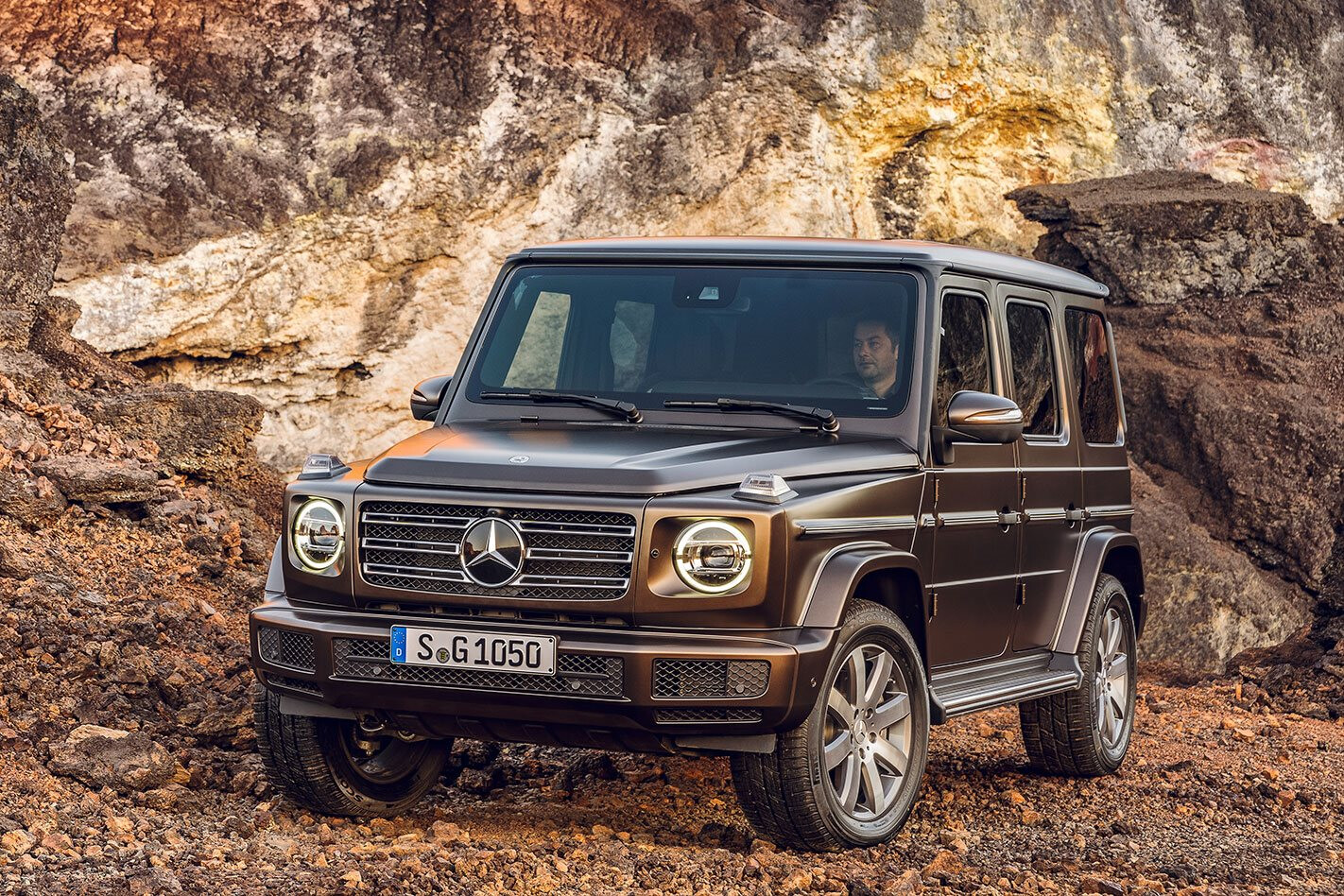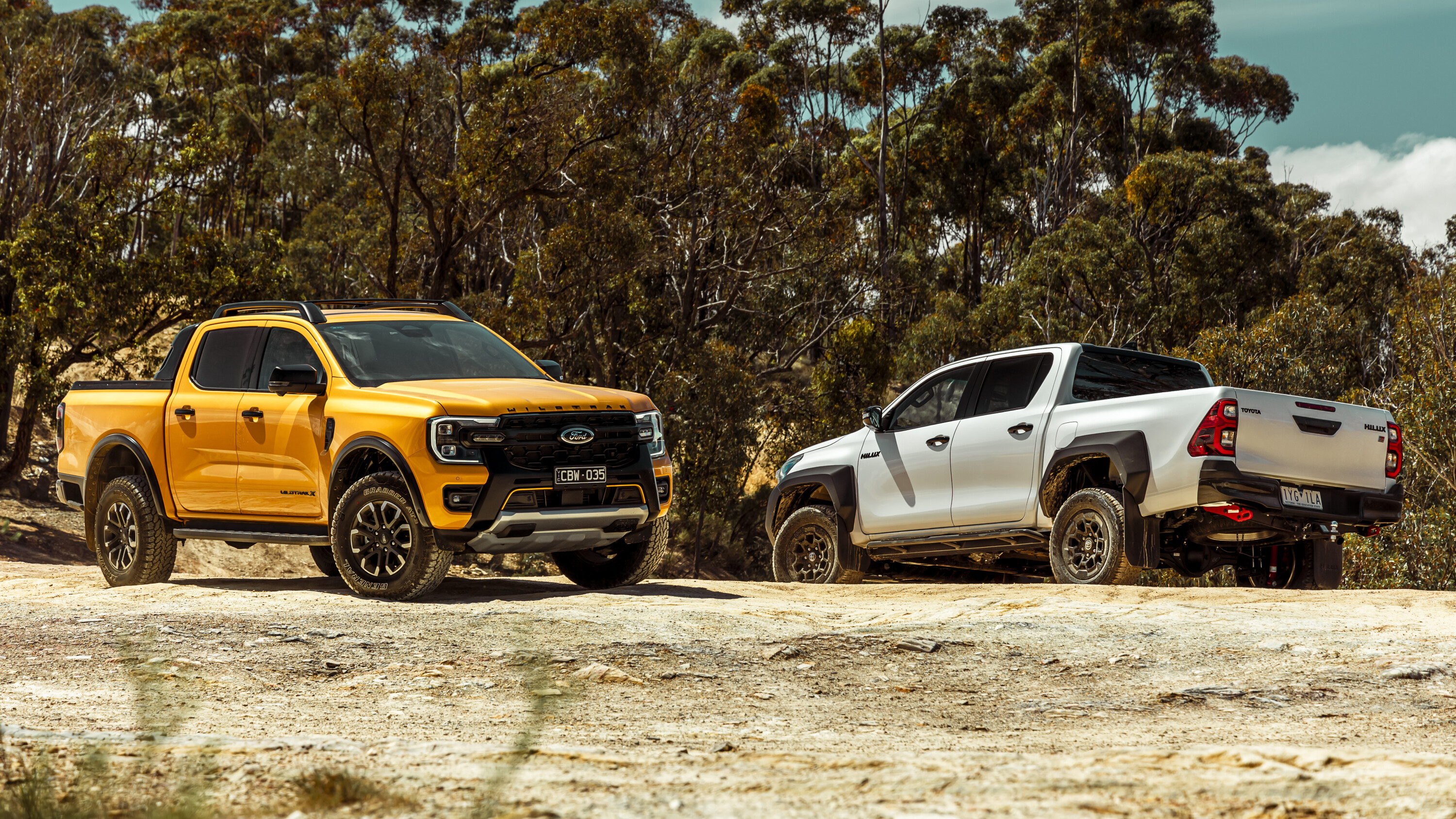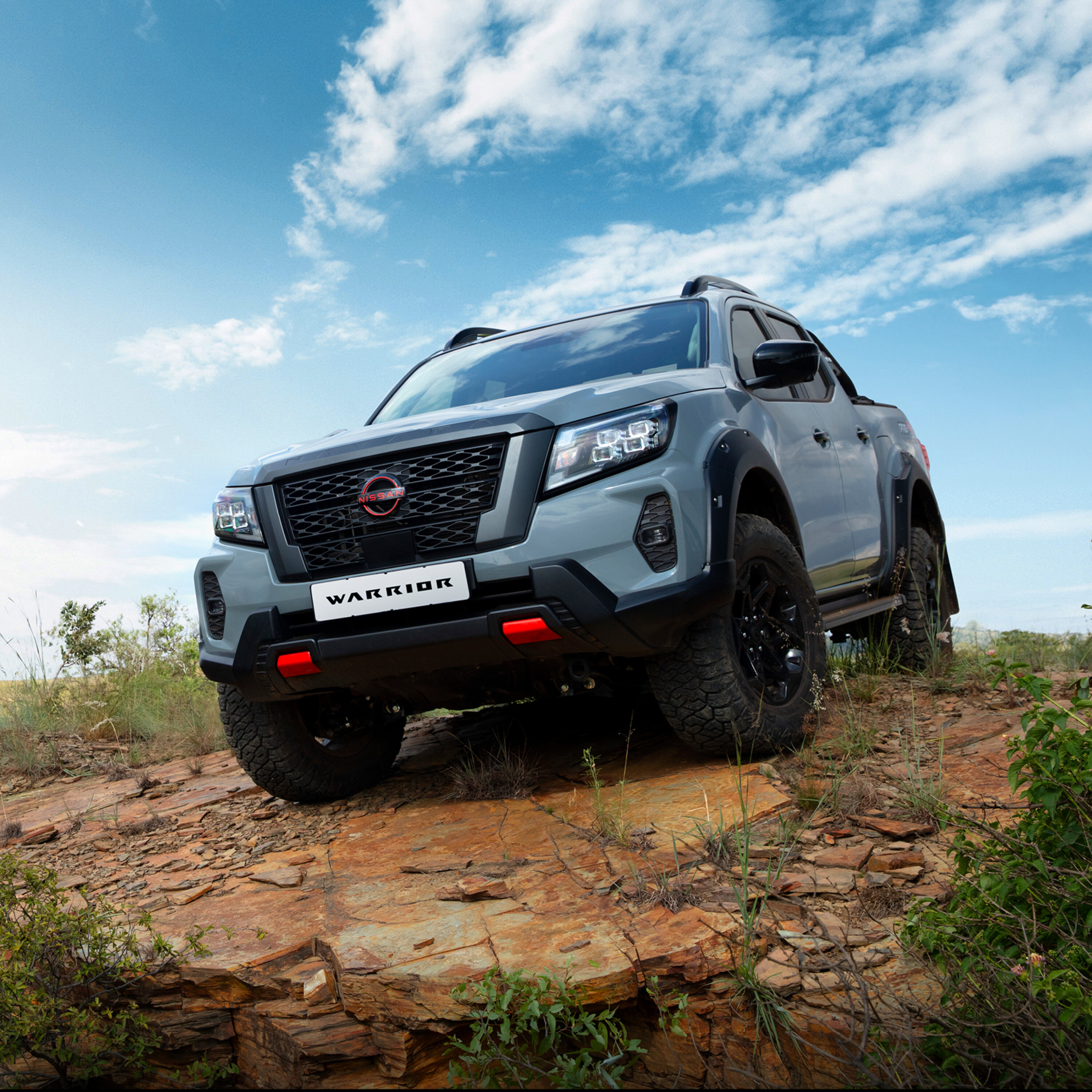FOLLOWING months of leaked photographs of camouflaged boxy wagons in the bush, Mercedes-Benz has unveiled the 2018 G-Class wagon, which represents the biggest changes to the iconic off-roader in four decades.
The changes centre around a bigger body to allow a more accommodating cabin, lightweight panels to reduce mass, and a new, independent front suspension (IFS) to improve on-road dynamics without sacrificing any of the off-road ability the Gelandewagen has been famous for.
The familiar shape and door handles of the G-Wagen have been retained, but instantly noticeable are the more-rounded edges around the vehicle. Those familiar with the wagon will also notice the extra width in the rear door and windscreen. The new G is 53mm longer and 121mm wider than before, giving 38mm more shoulder and leg room in the front seats and 68mm more elbow room. Many people would think the G-Wagen was already big, but it was relatively small when compared to more modern vehicles in its class.
Aluminium has been used for the bonnet, front ’guards and doors and, when combined with specific metals in other parts of the vehicle and the lighter weight IFS, the G-Class has shed some 170kg, despite its bigger dimensions.
The switch from a live front axle to IFS raises alarms for off-road enthusiasts as, traditionally, IFS compromises ability in terrain where axle articulation and ground clearance are important. However, Benz assures us this won’t be the case with the G, and these images indicate more travel at the rear axle and adequate travel at the front. The current live-axle model doesn’t have great articulation to begin with, so the G-Wagen will continue to rely on its driver-activated front, rear and centre differential locks, as well as updated chassis electronics.
The new IFS utilises a double-wishbone design, where the arms are mounted directly to the ladder-chassis without an additional sub-frame. The attachment points for the lower wishbone to the chassis are in a Z-formation to keep them as high as possible, and ground clearance between the axles is now 241mm (6mm higher than the current live-axle model), while fording depth is 100mm higher at 700mm. The rear axle remains a live arrangement mounted on a parallel four-link set up, and coil springs are used all around.
The 2018 G was revealed at the Detroit Auto Show in G500 trim – the most popular model in the USA – with the new twin-turbo 4.0-litre petrol V8, which isn’t offered in Australia. Our G-Class allocation will start with the AMG version in the second half of 2018, expected to use a hot-rodded version of that same engine, with the more practical diesel-engine offerings to come later. We’ll know more about exactly what models we will be getting here in April, but it is predicted the diesel engine will be Benz’s new straight-six, replacing the venerable V6 that has served them so well in the past.
A nine-speed automatic transmission will be used across the range, and the dual-range transfer case now has a deeper 2.93:1 low range ratio.
The new model has allowed more technology to be integrated into the 40-year-old vehicle. Electric-hydraulic-assisted rack-and-pinion steering replaces the old steering-box arrangement to improve the feel and turning circle but also allow driver aids such as automatic parking assist and adjustability, for a more sporting feel on-road and a slower feel off-road. The interior also has the latest electronic systems, and the new dash and its features are closely tied in with the latest E- and S-Class sedans.
The G-Wagen will be available with Dynamic Select, which has driver-selectable modes for different driving styles: Comfort, Sport, Eco, Individual and G-modes, which each tailor the transmission, throttle, suspension, steering and exhaust sound to best suit the conditions. G-Mode is for off-road and is automatic whenever you select low range or lock the centre differential.
While these features are all based on the luxury 463 model G-Class, it hasn’t been confirmed what will become of the 461 G-Professional vehicles. It’s been suggested these workhorses may continue with the smaller body and live axles at each end, so there is hope for hard-headed G purists.
We can’t wait to drive the 2018 G-Class on Australian outback roads to see if it lives up to the legend the badge has established as Mercedes-Benz’s longest running model.






